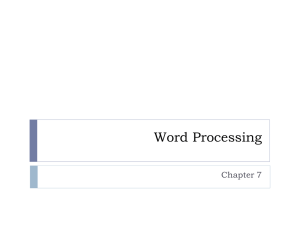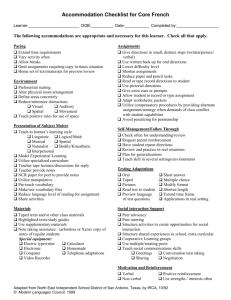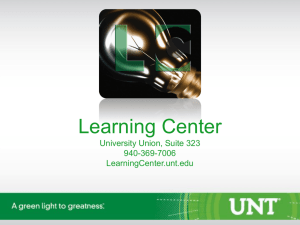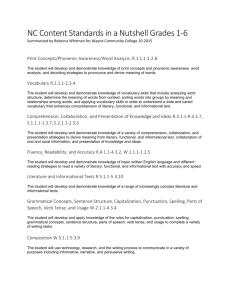Philosophy of Technology in Education
advertisement
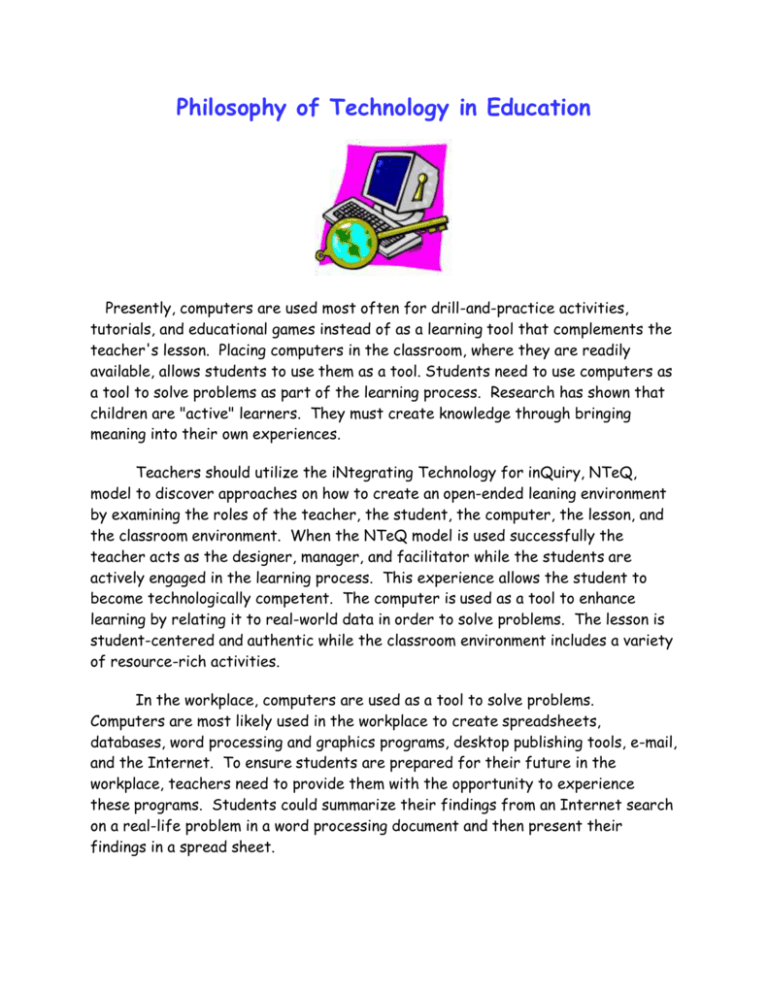
Philosophy of Technology in Education Presently, computers are used most often for drill-and-practice activities, tutorials, and educational games instead of as a learning tool that complements the teacher's lesson. Placing computers in the classroom, where they are readily available, allows students to use them as a tool. Students need to use computers as a tool to solve problems as part of the learning process. Research has shown that children are "active" learners. They must create knowledge through bringing meaning into their own experiences. Teachers should utilize the iNtegrating Technology for inQuiry, NTeQ, model to discover approaches on how to create an open-ended leaning environment by examining the roles of the teacher, the student, the computer, the lesson, and the classroom environment. When the NTeQ model is used successfully the teacher acts as the designer, manager, and facilitator while the students are actively engaged in the learning process. This experience allows the student to become technologically competent. The computer is used as a tool to enhance learning by relating it to real-world data in order to solve problems. The lesson is student-centered and authentic while the classroom environment includes a variety of resource-rich activities. In the workplace, computers are used as a tool to solve problems. Computers are most likely used in the workplace to create spreadsheets, databases, word processing and graphics programs, desktop publishing tools, e-mail, and the Internet. To ensure students are prepared for their future in the workplace, teachers need to provide them with the opportunity to experience these programs. Students could summarize their findings from an Internet search on a real-life problem in a word processing document and then present their findings in a spread sheet. Teachers are responsible for integrating technology into the curriculum and instructional program in order to enhance student achievement. Each student should be provided with equal access to technology in the school setting. Even if a teacher only has one computer in the classroom, it can be used as a tool. The computer could be used for word processing or scaffolding/remediation purposes. The teacher can assign group Internet research reports instead of individual ones so every student can experience the computer. A projection device could be hooked up to the computer so students can watch the teacher as she models computer use either through Internet searches, Power Point presentations, or to create and display data in spread sheets. The computer should not be used as a reward station for the students who finish their work early because it punishes those students who are the most likely to benefit from computer use. Using technology in the classroom also increases parent involvement and encourages communication. The teacher could develop a class web site where students and parents could go to read postings or discussions, ask questions, and find homework assignments. Computer technology allows the students to extend their learning beyond the classroom by becoming connected with their community, other schools, and people and sites from around the globe. Students can research the community through email and through investigating local newsgroups, and local businesses' web sites. The teacher should provide the students with the opportunity to connect with students from other schools, either local or distant. Students can learn about each other's culture and geographical location, and can share their work with one another. Certain Internet sites provide teachers with the resources they need to contact authors, illustrators, or other important people through email so students can interact with them. Before students can utilize the computers in a school, they should review and sign an Acceptable Use Policy. Signing this policy puts the responsibility in the hands of the students. The acceptable use policy usually includes rules such as copy right information, correct computer lab behavior, and only accessing educational web sites. Computer lab rules should also be included in the acceptable use policy. In my opinion, traditional testing methods are inadequate for measuring student achievement and knowledge. Teachers need to assess all aspects of a student, not just their testing ability. Alternative assessment is defined as "a process of gathering evidence and documenting a student's learning and growth in an alternative context." These assessments can be used in a formative manner, to guide student learning during the lesson, as well as in a summative manner to assess learning at the end of a lesson. More advanced students could develop a portfolio, electronic or paper, to display their knowledge of a particular topic or lesson. Teachers can also use rubrics to assess students' work. Rubrics can be used to assess the majority of students' work, such as, word processing assignments, spread sheets, power point presentations, and educational software assignments. The use of computer technology in the classroom is growing and changing each year. With this change, teachers need to be educated on how best to utilize this technology. Most importantly, computers should complement a teacher's lesson and not be the lesson. The integration of computers into the curriculum and the classroom allows for the development of real-life skills and knowledge on the students' behalf. Teachers need to facilitate and encourage this development so students will be successful in all aspects of their education, as well as in their future.

